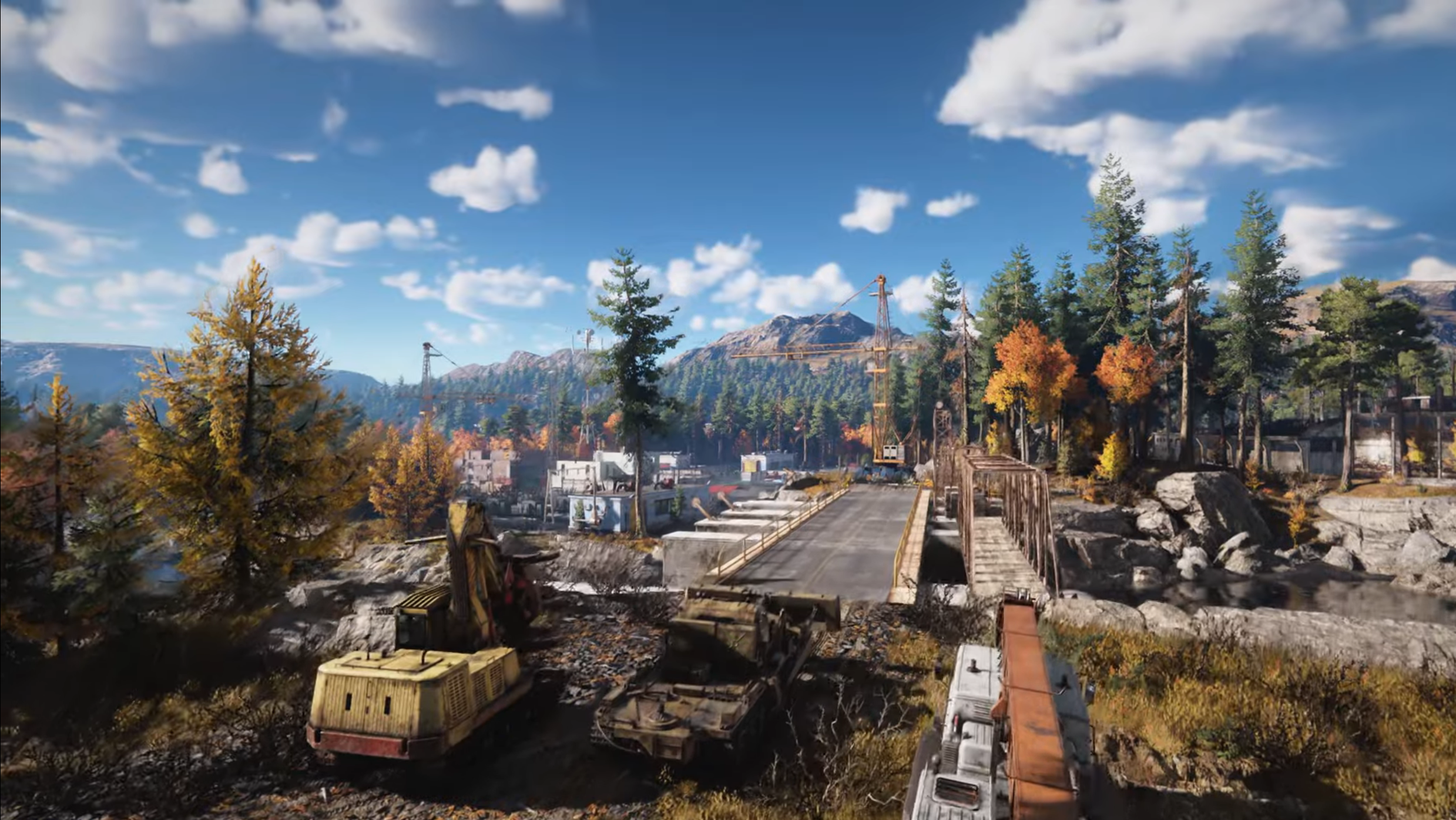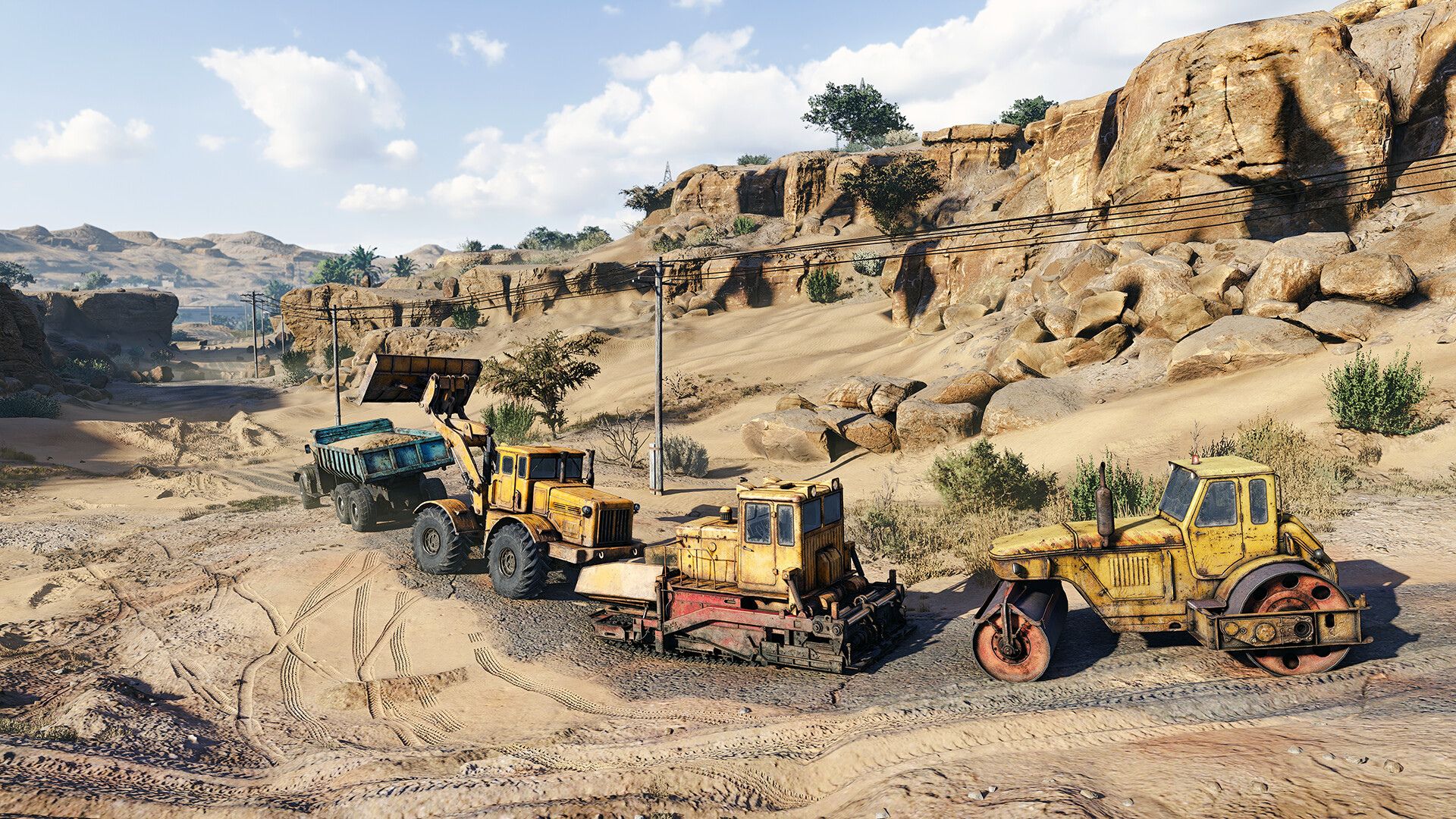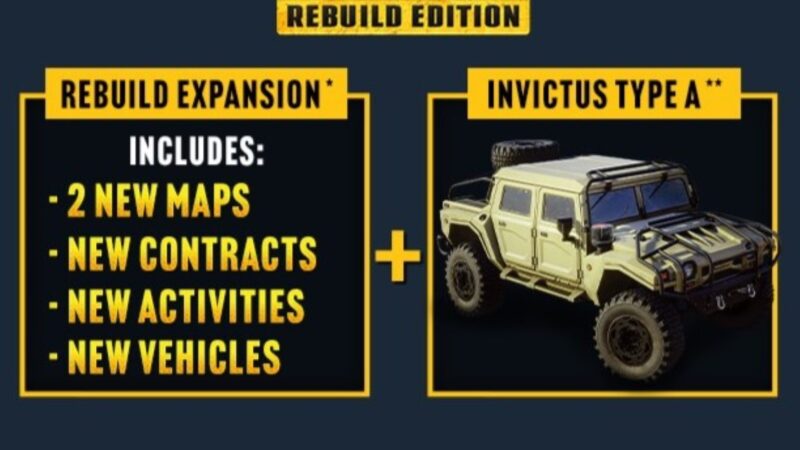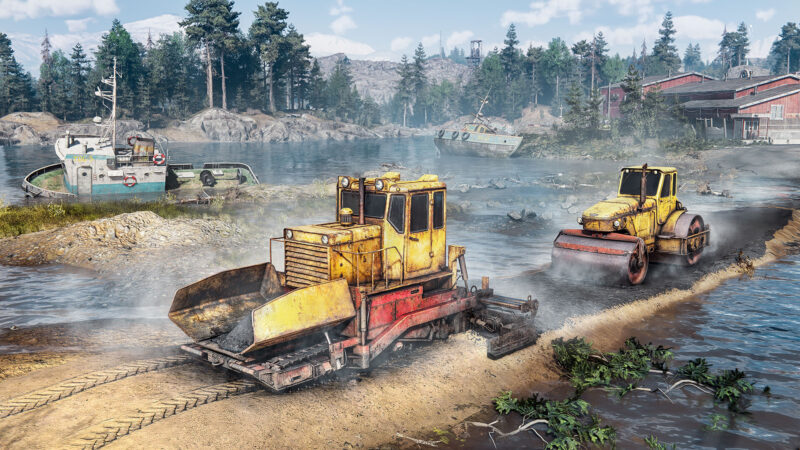Learn how to load cargo in Roadcraft using precise steps, correct tools, and stable placement for safer, smoother deliveries.

Loading cargo in Roadcraft requires attention to detail and an understanding of how each truck responds under different conditions. You are not just picking things up and dropping them onto a flatbed. You are dealing with uneven terrain, heavy machinery, shifting materials, and tight delivery windows. Every object behaves differently. Some are too long; others are too light and bounce out on impact. If the load isn’t settled properly, the truck may tilt, or worse, stall halfway across a rough patch.
There is no in-game assistance through this loading process in Roadcraft. You have to learn by doing. And that can mean a lot of trial, error, and time lost in between. Here’s how you can manage cargo loading in a way that saves effort, improves balance, and keeps your deliveries on track.
Related:
Steps To Load Cargo in Roadcraft
Choose the Right Truck First
Start by identifying the type of object you are dealing with. Some trucks offer better grip for logs. Others come with attachments that lift steel beams or concrete blocks. Look closely at your truck bed. Some have straps; others depend on careful placement. Use trucks based on the weight, length, and bulk of the cargo.
If you notice a crane arm mounted at the back, that vehicle allows you to lift heavier items without assistance. Trucks with flatbeds offer more space but less grip. Those with claws are more suitable for round or slippery items like tree logs.
Prepare Before You Move Anything
Park your vehicle as close to the cargo as possible without touching it. Level ground reduces slippage. If the truck has stabilisers, deploy them. They’ll stop your vehicle from tilting when you lift something heavy.
Avoid rushing. Quick moves can shake cargo loose or flip your vehicle. Look at how the cargo lies. Some items, like long pipes, need more space to balance. Others, such as containers or crates, need to sit flat in the truck bed.
Use Controls Precisely While Lifting
Once you are set up, activate the crane or lifting arm. Lower the hook or claw slowly. Line it up with the middle of the item. If the grip seems off, reset your angle. It’s better to reposition than to drag the object unevenly.
Use small adjustments. Lower, grab, lift. Then stop. Rotate gradually and observe how the object behaves mid-air. Some materials swing more than others. Wait for the swing to slow down before moving further.
Placing Cargo Without Errors

As you bring the item over the truck bed, aim for the center. Check the truck’s boundaries. If a part of the load hangs off the side, it might fall during transport. Lower the item gently. Avoid bumping it into existing cargo.
Step out of the crane interface occasionally to inspect placement. Is the load leaning? Is it touching the side rail? Make changes if needed. Sometimes, flipping the item gives you a better fit.
Securing Your Load Matters More Than You Think
Once everything’s placed, secure it. Use the cargo interface to strap the items down. A loose beam or pipe can roll off if you brake too hard on a slope. Don’t ignore small gaps between objects. Even a few inches of movement can shift balance during a turn. Double-check the straps. If one item is out of range, it won’t stay put. Drive forward slowly. If the truck tilts or jerks, stop and adjust the load.
Troubleshooting Common Problems While Loading the Cargo in Roadcraft
If the crane won’t grab an item, try resetting the truck or adjusting the hook’s height. Some objects require contact from a specific angle. If your cargo bounces or jitters mid-air, lower the speed or extend the boom gradually. If you are struggling with placement, remove one object and reload. Too many items at once can cause pile-ups and strap issues. Prioritize one secure load over three shaky ones.
Looking For More?
Thank you for reading the article. We provide the latest news and create guides for Baldur’s Gate 3, Starfield, ARK Survival Ascended, and more. Also, watch Deltia play games on Twitch or visit his YouTube channel!
 Reddit
Reddit
 Email
Email


